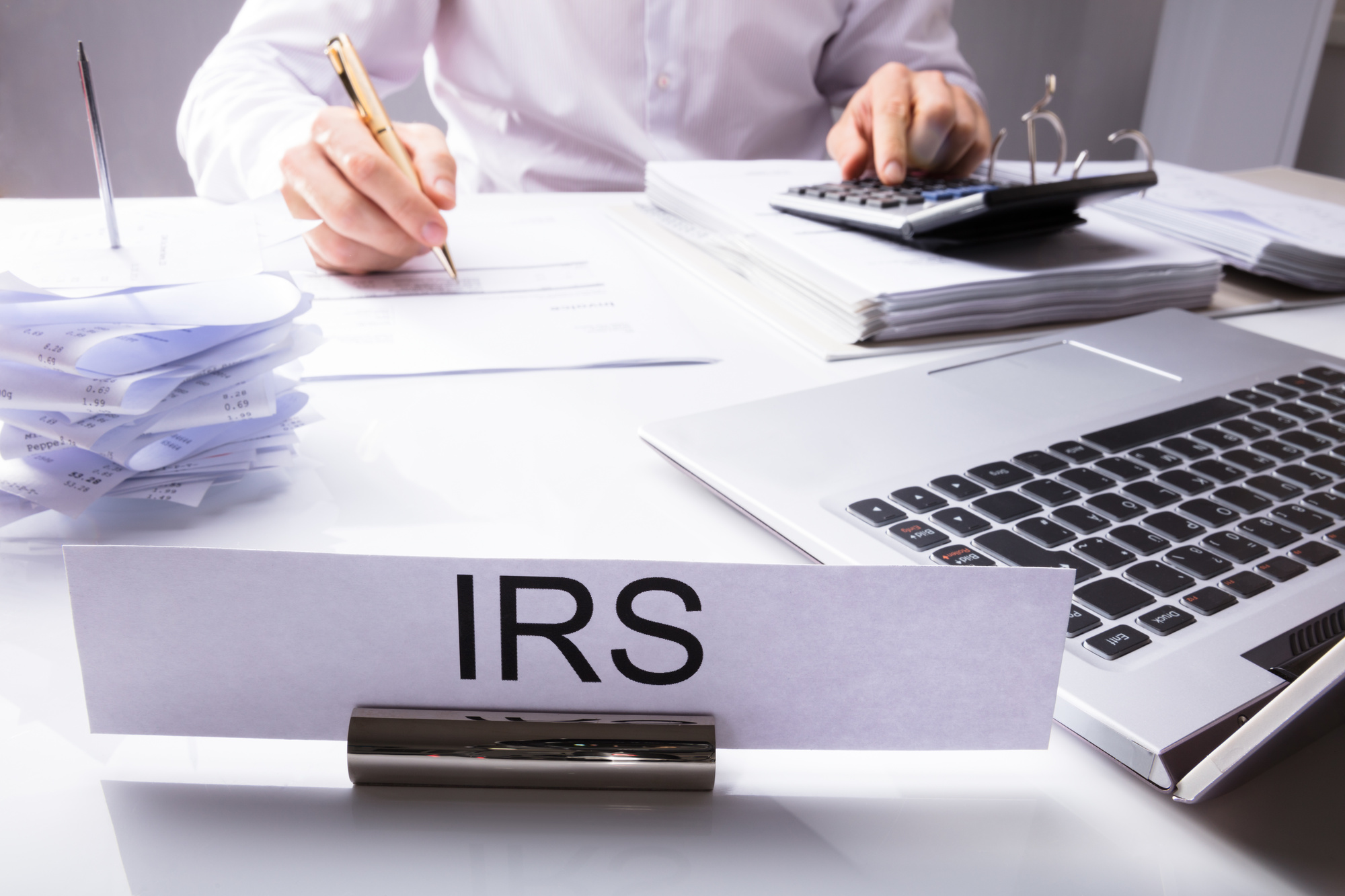Are you experiencing IRS tax debt? Has the IRS placed a lien or levy on your property?
You may qualify for the IRS fresh start program. Check out this article to learn what you need to know about this program.
What Is a Tax Lien or Levy?
When someone doesn’t pay tax their debt by the established deadline, the IRS may put a claim on their property. The term for this action is a tax lien. Your property isn’t physically taken. Yet, the federal government has priority over other creditors in securing the interest in the property. This lien becomes attached to all current and future assets until you pay the debt. In contrast, if the IRS declares a tax levy, they take your property. The IRS has the authority to seize assets and property as debt repayment without a court order. This can include your house, car, boat, bank account, retirement account and more. They may also garnish wages, take rental income and the value of life insurance policies. These severe actions occur when you fail to respond or refuse to pay your tax debt. You will first receive the Notice and Demand for Payment. Next, the IRS sends a Final Notice of Intent to Levy and Notice of your Right to a Hearing within 30 days. At the end of that time, the levy will go into effect if you haven’t satisfied the debt. A tax lien or levy can create problems if you try to refinance or obtain loans,What Is the IRS Fresh Start Program?
Beginning in 2011, the IRS established the Fresh Start program. The purpose of this program is to help people who struggle with tax debt. You may work with the IRS to set up a payment plan. Another option is to complete a Notice of Federal Tax Lien withdrawal. The IRS reviews your documentation and may make recommendations, deny it, or grant it. Another approach is to file an Offer-in-Compromise (OIC). This outlines a settlement between the IRS and the taxpayer to resolve the tax debt for less than the full amount. The IRS won’t agree to an OIC if they believe the taxpayer can erase their liability with a one-time payment or payment plan. The IRS understands that many people struggle to pay their bills. Once you apply, the IRS completes a financial analysis to decide if you qualify for an OIC. If you are approved, you may gain the ability to resolve your tax problem in about two years. In the past, it’s often taken 4 to 5 years to pay off a tax debt.How Does the Fresh Start Program Work?
There are several options available to help you fulfill your tax obligation.- The IRS may change the calculation used to estimate your future income
- The IRS can allow you to pay your student loans
- The IRS may let you pay overdue state and local taxes
What Is Reasonable Collection Potential?
The IRS determines a taxpayer’s reasonable collection potential (RCP) by examining several factors. If you plan to pay your debt in less than 6 months, they only calculate how much you will make in one year. If you offer to pay the debt in 6 to 24 months, they use two years of future income. The IRS can clarify and narrow the parameters regarding when a dissipated asset is used to calculate an RCP. Often, the equity part of income-producing assets isn’t included in the RCP calculation for on-going businesses.Does the Fresh Start Program Impact Tax Penalties?
If you don’t file and pay your taxes by the April deadlines, you will owe interest and penalties. Under the Fresh Start program, if you’re unemployed, you can apply for a Failure-to-Pay. If the IRS approves your application, they waive your penalties for 6 months.Who Qualifies for the Fresh Start Program?
To qualify, you must show proof of unemployment for 30 consecutive days. These 30 days may have occurred in the prior tax year or before the April deadline. If you’re self-employed, you must document a 25% decrease in business income in the prior tax year. The Fresh Start program is not an option if married taxpayers who file jointly make more than $200,000 per year. Individuals who earn over $100,000 annually also don’t qualify. You will not qualify if your tax balance is more than $50,000.How Can You Get Access to the Fresh Start Program?
To make an application for the Fresh Start program, you need to complete several forms. This includes Form 656-B, Offer in Compromise Booklet, and Form 656. These forms may be found at IRS.gov. You will not be eligible for this program if you have an outstanding tax return. If you’re accepted for the Fresh Start program, you must file all tax returns while in the program.Do You Need Help with Your Tax Bill?
If you need help resolving your tax bill, the IRS fresh start program may benefit you. Fidelity Tax Relief has over 20 years of experience advocating for clients to the IRS or state agencies. We provide you with guidance and support during the application and negotiation process. Our team can stop aggressive collection activities by the IRS and State tax authorities. This includes issues with wage garnishment, tax liens, and levies. We will defend you during a tax audit as well. Fidelity Tax Relief will work to see if you qualify for the IRS Fresh Start program. Our goal is to help decrease your tax liability and save you money as quickly as possible. We guarantee that you will pay the absolute minimum amount. Get started today with the “IRS Fresh Start Program”.
Post Views: 2,049


